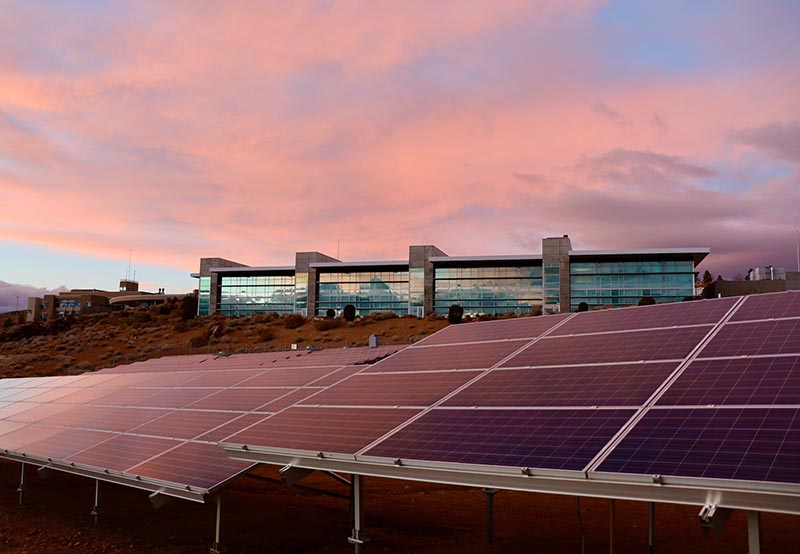
U.S. renewable energy surge: Tax incentives and policy shifts drive growth
Following Russia’s Ukraine invasion in February 2022, the world faced an energy upheaval. With oil and gas disruptions and the ongoing pandemic, energy markets remain volatile. This turmoil has, however, spotlighted renewables, especially in Europe. Many nations now see the dual benefits of energy security and environmental conservation from homegrown renewable sources.

In 2022, the U.S. saw renewables make up 13.1% of its primary energy use and 21.5% of its total utility-scale electricity production, as per the U.S. Energy Information Administration (EIA). But the Inflation Reduction Act (IRA), signed by President Joseph Biden in August 2022, signals a stronger U.S. commitment to clean energy. This law extends tax credits for renewables until 2032. Consequently, the International Energy Agency (IEA) predicts that by 2027, the U.S. will double its annual wind and solar additions compared to 2021.
Federal support for renewables has been growing. A 2023 EIA report highlighted that from 2016 to 2022, subsidies for renewable energy more than doubled. Most of this support went to biofuels, wind, and solar PV.
Biofuels have long been a focus in the U.S., but in 2022, solar surpassed biofuels in federal support due to its robust industry growth. The IRA’s provisions offer a clear path for wind and solar projects. The IEA expects U.S. renewable energy capacity to grow by over 280 gigawatts between 2022 and 2027, primarily from solar and wind.
The Biden administration’s 2023 budget proposal aims to cut billions in oil and gas subsidies, sparking debates about fossil fuel tax breaks. However, the path through Congress remains challenging.

Interestingly, the EIA report highlighted that in 2022, natural gas and petroleum turned into a net cost for the U.S. government. In contrast, coal-related tax expenditures dropped significantly in 2022 due to the expiration of certain tax credits.
In 2022, renewable fuels made up 67% of energy-related tax expenditures, with wind and solar taking the lead. Despite slower growth, biofuels still play a role in the U.S. liquid fuel supply, accounting for 6% in 2022. Biofuels tax credits are growing at a slower rate, though, U.S. liquids fuels supply now includes significant volumes of ethanol and biodiesel (6% in 2022). Several favourable policies support the increase, including the expiration of the Volumetric Ethanol Excise Tax Credit and the Biodiesel Producer Tax Credit—which rose from USD3.2 billion in FY 2016 to USD3.7 billion in FY 2022 alongside increases in biomass-based diesel production and growing imports.
From 2016 to 2022, the federal government also directed substantial subsidies to energy efficiency and low-income households. Tax provisions for energy conservation rose to USD4.6 billion in 2022, up from USD3.9 billion in 2016. Tax credits for clean-burning vehicles (predominantly electric vehicles) accounted for USD505 million of the increases during the period, with residential energy-efficient property tax credits another large contributor (USD959 million) to the increase. Direct and R&D support for conservation and efficiency increased from USD5.0 billion in FY 2016 to USD5.3 billion in FY 2022.








